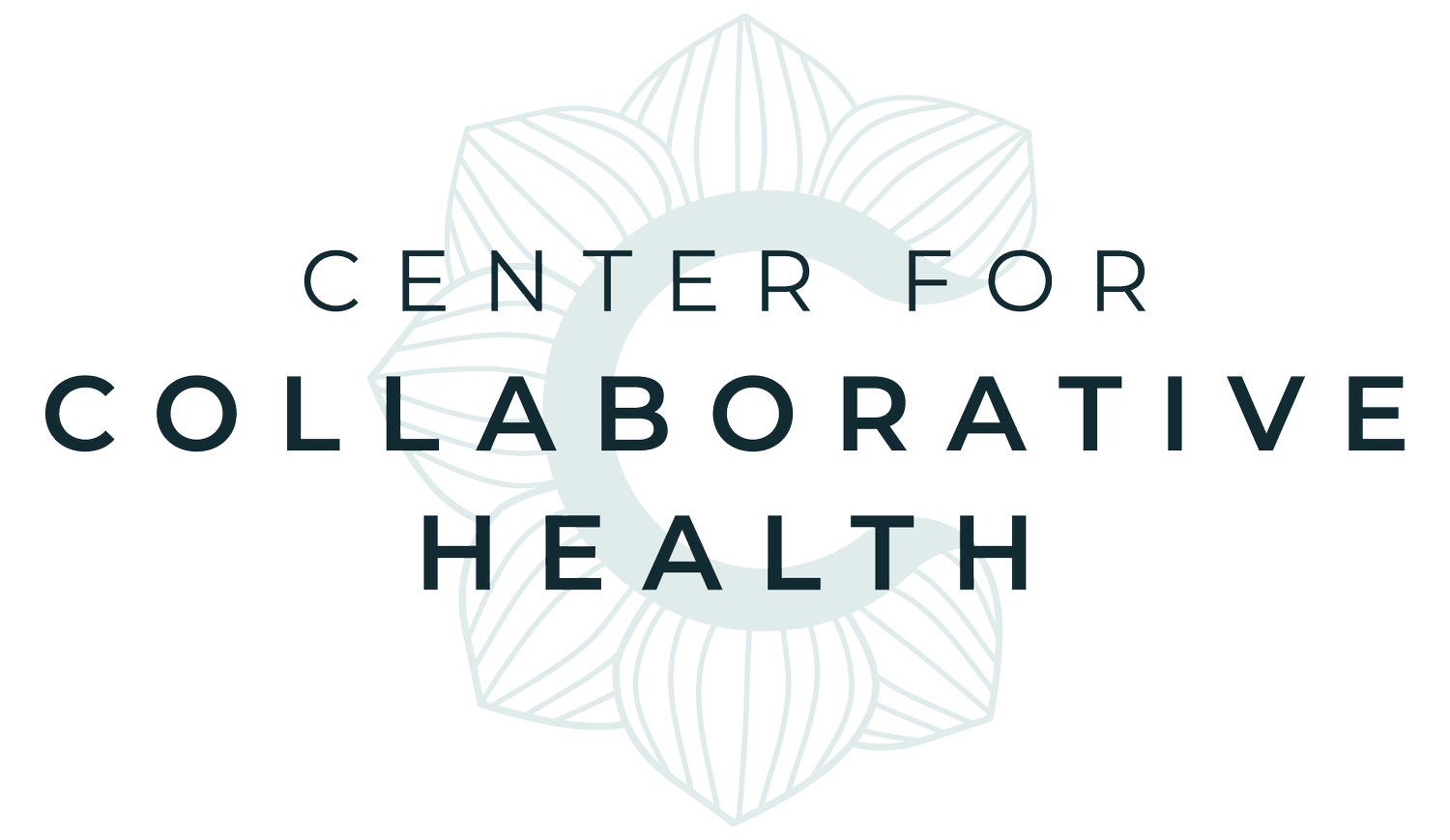The Healing Power of Movement: Insights from Co-Founder Dr. Macarena Corral, PSYD, LP, E-CYT 500
Let's begin with a simple question: when you hear the word 'movement,' what springs to mind? For many, the immediate association is with the confines of a gym. As a Co-Founder of the Center for Collaborative Health and a certified trauma-sensitive yoga facilitator, I would like to broaden this association. Movement is more than just formal exercise – it's an intimate dance of mind and body that brings about healing and self-discovery.
Redefining Movement, Its Healing Power, And Benefits
Everyday activities - stretching to reach a high shelf, walking the dog, dancing in your living room - are all meaningful forms of movement. Such actions are a language, a way for our bodies to express and maintain wellness. It's not about the intensity or the duration of the exercise, but the consistent attunement to your body's needs and rhythms that brings enduring benefits.
Movement offers us immense advantages, including:
Physical strength and resilience: Managing weight, reducing disease risk, strengthening bones and muscles, and improving overall functioning.
Emotional and mental well-being: When we move, our brain releases endorphins – natural mood boosters that enhance our self-esteem and resilience against stress.
Enhanced focus: Regular movement can improve focus and concentration, providing an outlet for pent-up energy and assisting with relaxation and sleep.
Emotional regulation: Movement practices can provide emotional regulation techniques, reducing anxiety and stress.
Healing connection: For some, movement offers a path to heal an unhealthy relationship with their body, fostering a renewed connection with oneself.
The Intersection of Trauma, Movement, and Healing
"As long as you keep secrets and suppress information, you are fundamentally at war with yourself…The critical issue is allowing yourself to know what you know. That takes an enormous amount of courage."
- Bessel van der Kolk
Research illuminates a vital link between trauma and the physical body. Trauma is not merely a psychological phenomenon; it impacts the body on a fundamental level, influencing everything from heart rate and blood pressure to digestion and sleep patterns. It's in the very fabric of our being, and traditional talk therapies, while beneficial, may not always fully address these physical manifestations. This is where trauma-sensitive movement practices, like the Trauma Center Trauma-Sensitive Yoga (TCTSY) that I am certified in, come into play.
TCTSY is a transformative practice that assists individuals in cultivating a more positive relationship with their body, promoting a sense of safety and control. Unlike traditional yoga, the emphasis is not on perfecting poses but on noticing physical sensations and responding in ways that feel right for you. This can help regulate the nervous system and offer grounding techniques during times of emotional upheaval.
Your Next Step towards Healing
At the Center for Collaborative Health, we firmly believe in the power of movement and the role it can play in fostering overall well-being, especially for those affected by trauma. Whether through trauma-sensitive yoga or other modalities, we're committed to guiding you in exploring and integrating movement into your wellness journey.
To learn more about the benefits of movement and our services, please visit our website HERE. We are here to support your journey towards wellness and wholeness, one step at a time.

